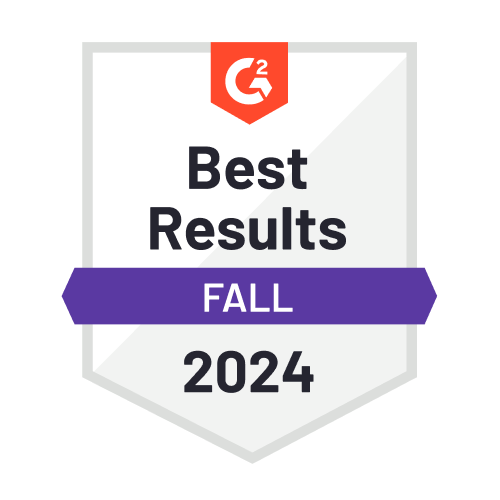Opt-in / Opt-out
An opt-in is a request that a brand makes from its customers in connection to the website or mobile device for access to personal information, device access, and more. It’s a prompt asking users permission to enable channels like email, SMS, WhatsApp, push notifications or access to location data. It should effectively communicate the value of the permission to get good results.
Opt-ins can be either single or double. A single opt-in is when a subscriber submits their email address into the signup form and gets added to the email subscribers list. A double opt-in has an additional step that requires the subscriber to click on a confirmation link in a follow-up email after they submit their information through a signup form to be added to the email subscribers list.
There are two kinds of prompts: native/generic to the OS, such as on a smartphone, and custom prompts. Native prompts are triggered from the mobile device’s operating system and once permission is granted, require manual changes to reverse. Marketers develop custom prompts to ask for the same permission as the native prompt but can allow for branding and enhanced messaging about the value of the opt-in opportunity.
It’s often better to create custom prompts that can be sent before the native prompt appears to give you more control over the messaging. If the answer is “no,” you still have another chance to communicate the value better and ask once again. With a native prompt, you don’t have the same amount of flexibility—once they say no, it’s much more difficult to change settings and modify them in the future.
It’s also helpful to “prime for a push” or other opt-in requests by clearly stating the value of the functionality during onboarding and choosing to nudge at just the right moment (usually not immediately after installation).













